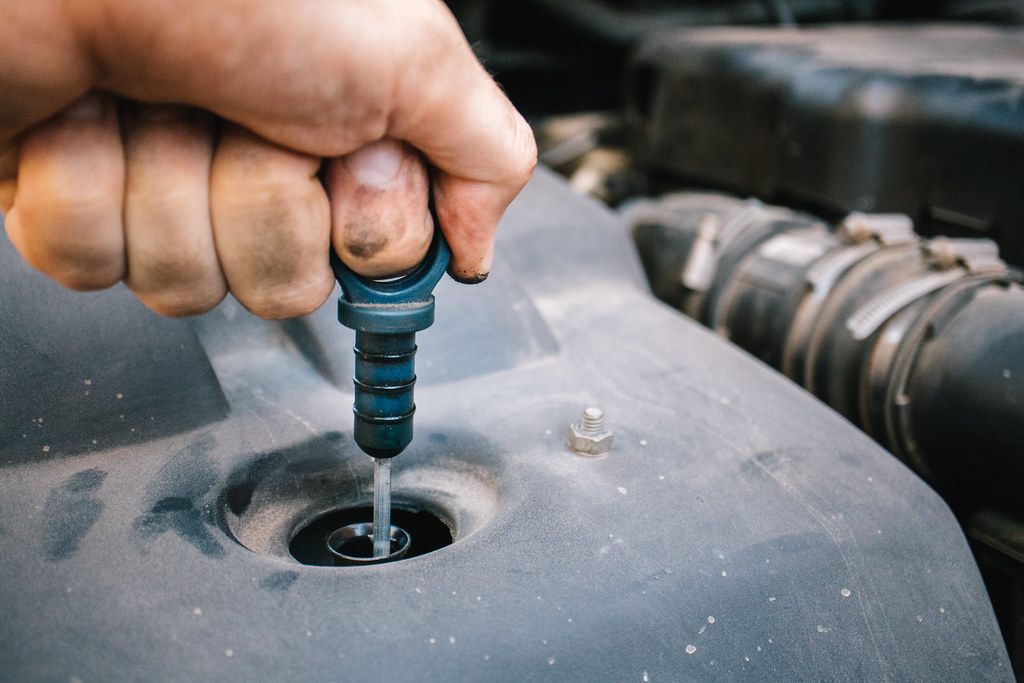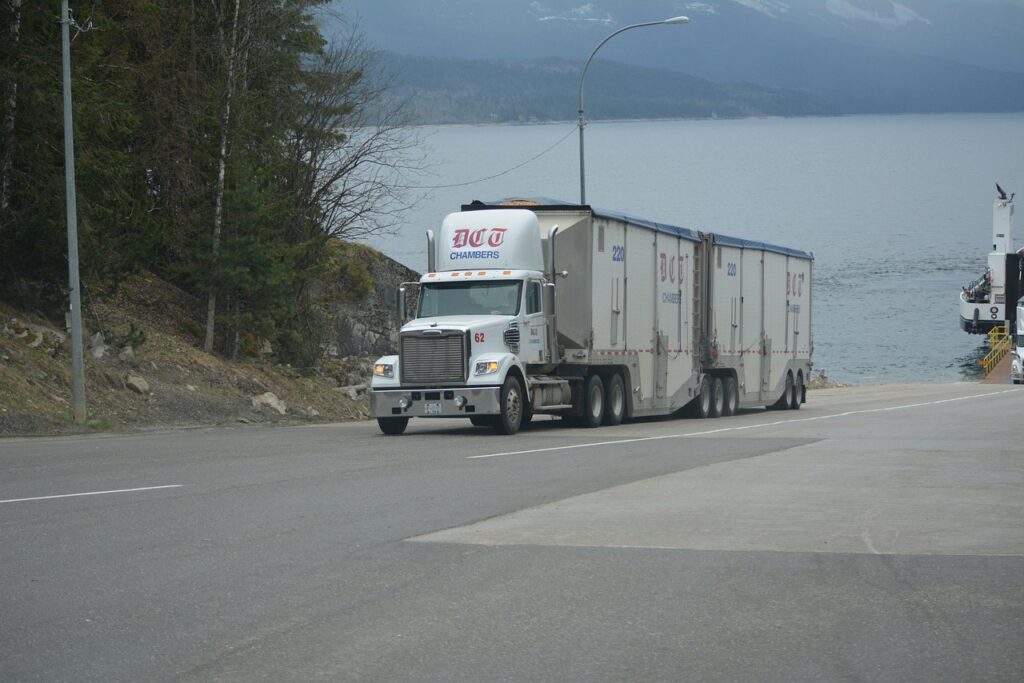
Road rage isn’t just an occasional annoyance; it’s a genuine epidemic that has the potential to affect every driver on the road, whether they find themselves as an aggressor or an unwitting victim. Aggressive driving, tragically, can lead to serious injury or even death, yet a significant number of these dangerous encounters are, in fact, avoidable. Understanding how to navigate these fraught situations is not just a good idea, it’s a critical skill for personal safety.
Recent statistics paint a stark picture of the escalating risks we face on our daily commutes. Since 2008, nearly 1,500 individuals have lost their lives in crashes involving road rage and aggressive driving, with fatal accidents nearly tenfold since 2004, according to NHTSA data. It’s no wonder that a staggering 60 percent of motorists perceive unsafe driving as a direct threat to themselves and their families. This isn’t just about statistics; it’s about the tangible fear and danger millions of drivers experience.
As America’s drivers become increasingly impatient and prone to aggression, knowing how to effectively handle a road rage incident is paramount for your safety and peace of mind. This comprehensive guide will equip you with essential, actionable strategies to keep you and your loved ones safe if you’re ever confronted by someone having a very bad day behind the wheel. Let’s dive into the core principles that will help you de-escalate, protect yourself, and get home safely.

1. **Cultivating Polite Driving Habits**The first line of defense against road rage is often a proactive one: adopting polite and predictable driving behaviors. Aggressive interactions frequently spark from perceived slights or unexpected maneuvers. By consistently driving courteously, you minimize the chances of provoking another driver and contribute to a calmer road environment for everyone.
This means consciously avoiding common triggers such as tailgating, which is following too closely, or suddenly cutting off other vehicles. Speeding, weaving through traffic erratically, leaving your high beam headlights on when unnecessary, and erratic braking are all actions that can infuriate other motorists and set the stage for a hostile encounter. These behaviors aren’t just rude; they create an atmosphere of unpredictability and perceived aggression.
Additionally, be mindful of your lane usage. Don’t drive in the left lane slower than the rest of traffic, as this lane is generally designated for passing. When merging, do so politely and smoothly, always erring on the side of being courteous. These habits are smart not only for road rage prevention but also for making the entire driving experience smoother and more pleasant for every motorist sharing the road. It’s about being a predictable, respectful participant in traffic.
Read more about: The 13 Indispensable Habits Top Coaches Cultivate to Master Professional Excellence
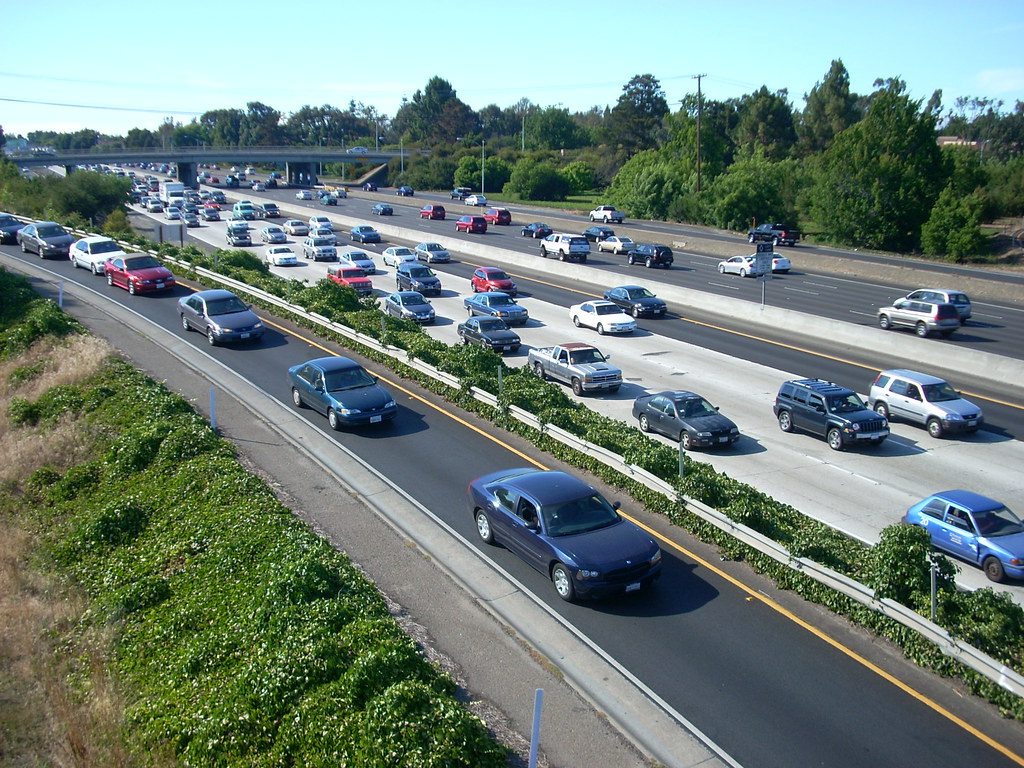
2. **Prioritizing Space and Letting Aggression Pass**When you encounter an aggressive driver, one of the most effective strategies is to simply create distance and allow them to proceed. Your goal isn’t to engage or “win” a confrontation; it’s to ensure your safety and remove yourself from a potentially dangerous situation. Let them go around you, and typically, they will quickly be on their way, taking their aggression with them.
If you notice a driver exhibiting aggressive behaviors – perhaps they’re tailgating excessively, swerving, or repeatedly changing lanes without signaling – make a conscious effort to put physical space between your vehicle and theirs. This could mean slowing down slightly to let them get ahead of you, or changing lanes to ensure you’re not driving directly next to them.
Remember, trying to hold your ground or teach another driver a lesson is never worth the risk. Many people argue they have a right to their space on the road, and while that’s true, others don’t always respect that right. If someone is driving aggressively, allowing them to pass at a safe distance at the earliest opportunity is the most prudent course of action. Never compromise your own safety or risk committing a moving violation just to prove a point or block an aggressive driver.
Read more about: Mastering the ‘Side’ Game: 12 Zero-Investment Concepts for Unleashing Your Potential
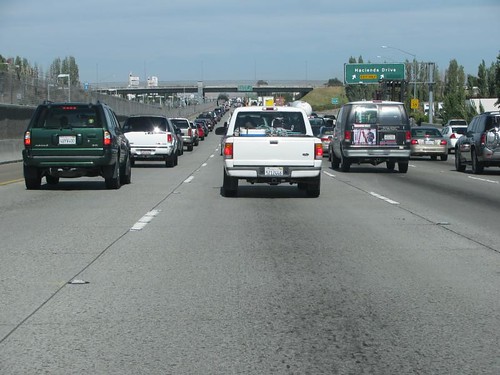
3. **Avoiding Direct Confrontation and Eye Contact**One of the fastest ways to escalate a tense situation on the road is to engage in direct confrontation, especially through rude gestures or yelling. It’s crucial to remember that you are not the police, and it’s not your responsibility to correct another driver’s poor habits, no matter how egregious they might seem. Your primary role is to ensure your own safety and the safety of your passengers.
When faced with an aggressive driver, it’s vital to avoid making eye contact, especially if they are actively trying to pick a fight or provoke a reaction. Direct eye contact can often be perceived as a challenge or an invitation to further confrontation, which is the last thing you want. Your focus should be on remaining calm and disengaging from the hostile interaction.
Keep control of your voice and actions because making the wrong move can unnecessarily escalate a situation. This includes things like staring back, flashing your lights repeatedly in anger, or, of course, making any sort of offensive hand gesture. While it’s vital never to engage in direct confrontation, it’s also unwise to pretend nothing is happening if you need to take defensive action. The key is to manage your responses without adding fuel to the fire.
Read more about: Unlock DIY Auto Repair: 11 Proven Ways to Banish Dents and Scratches Without a Body Shop Visit
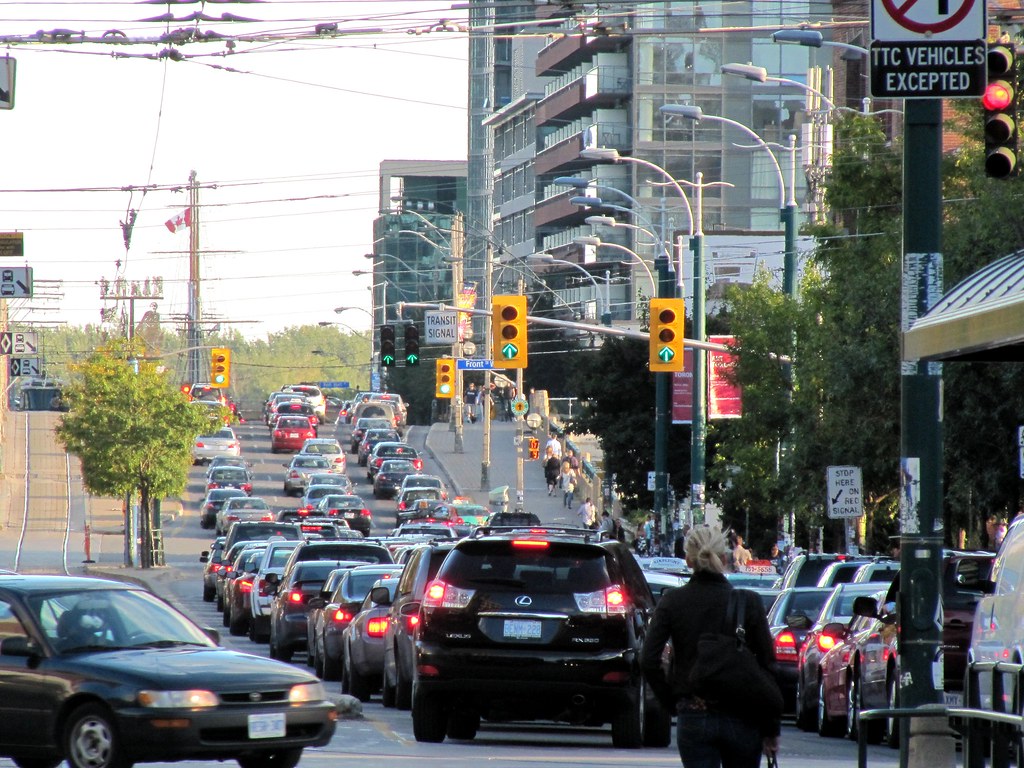
4. **Mastering the Art of Judicious Horn Use**Your vehicle’s horn is a safety device, not a tool for expressing annoyance or anger. Understanding and practicing judicious horn use is a subtle yet significant way to prevent road rage incidents from escalating or even starting. Horns should primarily be reserved for emergency situations where you need to alert another driver to immediate danger or your presence.
If you need to get a driver’s attention, perhaps because they’re drifting into your lane or haven’t noticed a green light, a light, brief tap of the horn is usually sufficient. This is a communicative signal, not an aggressive blast. Avoid long, sustained honks, especially those accompanied by gestures, as these are universally understood as expressions of anger or impatience and can easily provoke a defensive or aggressive reaction from the other driver.
Consider giving drivers ahead of you at a traffic light a few extra seconds of grace before gently tapping your horn to remind them to move through the intersection. Everyone has moments of distraction, and a moment of patience can prevent a confrontation. Proper horn etiquette is about signaling safety, not expressing frustration, and maintaining this distinction is critical in defusing potential road rage scenarios before they even begin.
Read more about: The 14 Essential Financial Books Billionaires Recommend for Mastering Wealth Building and Entrepreneurial Success
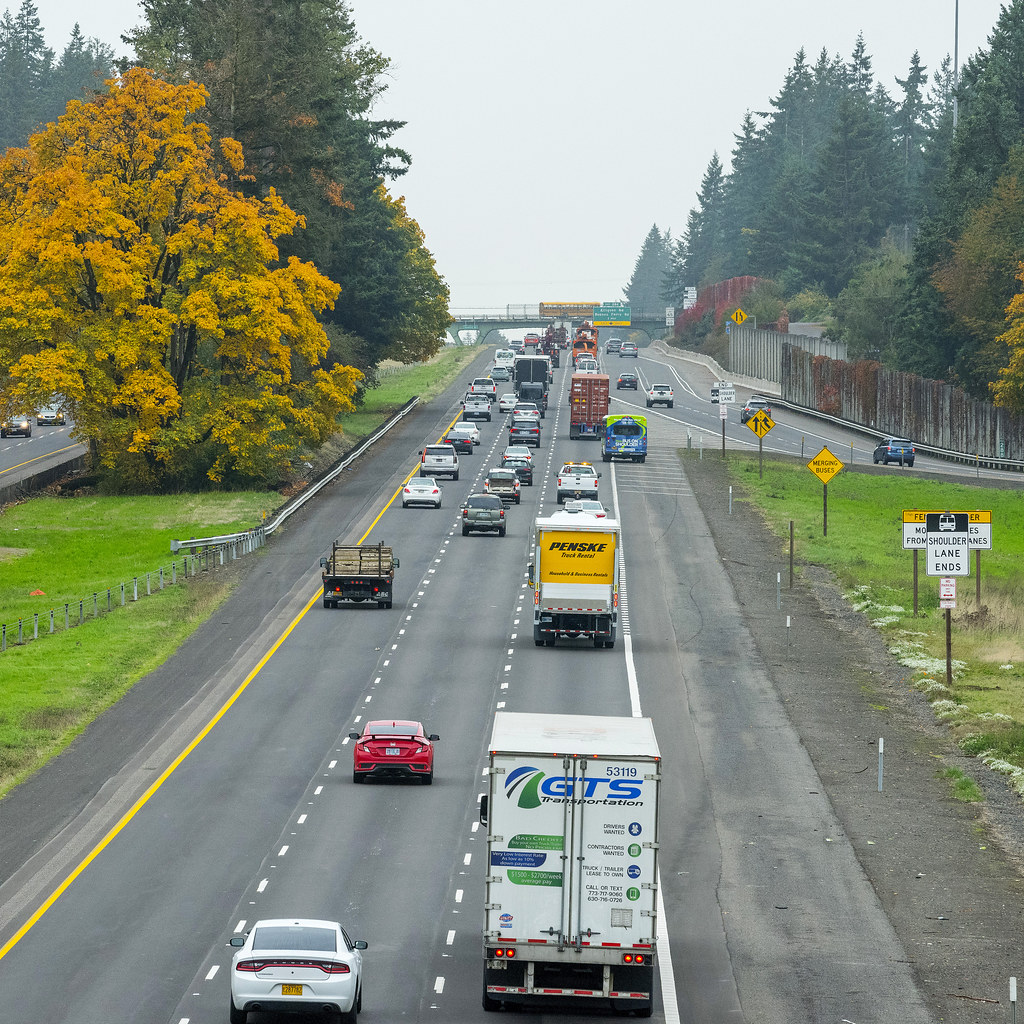
5. **Shifting Mindset: Driving is Not a Competition**It’s easy to get caught up in the competitive nature of traffic, especially when you feel cut off or challenged. However, it’s crucial to fundamentally shift your mindset: driving is not a competitive sport. You are not a race car driver, and there are no winners on the road in this context. In fact, for a regular driver, “winning” simply means getting home safely, without incident.
Getting worked up over a vehicle that has cut you off, or seemingly gotten in your way, simply isn’t worth the emotional or physical toll it can take. The momentary frustration or desire to “teach them a lesson” pales in comparison to the potential consequences of escalating an aggressive encounter. That brief burst of anger is a small price to pay if it means avoiding injury or a collision.
Remember this vital principle: your safe arrival home is infinitely more important than attempting to correct another driver’s behavior or “winning” a perceived road battle. Let go of the need to assert dominance or retaliate. By detaching yourself from the idea of competition, you empower yourself to make safer choices and maintain a much calmer state of mind behind the wheel, regardless of the provocations around you.
Read more about: Grab Your Snacks and Go: 7-Eleven’s AI-Powered Cashierless Stores Are Here to Redefine Your Quick Trips
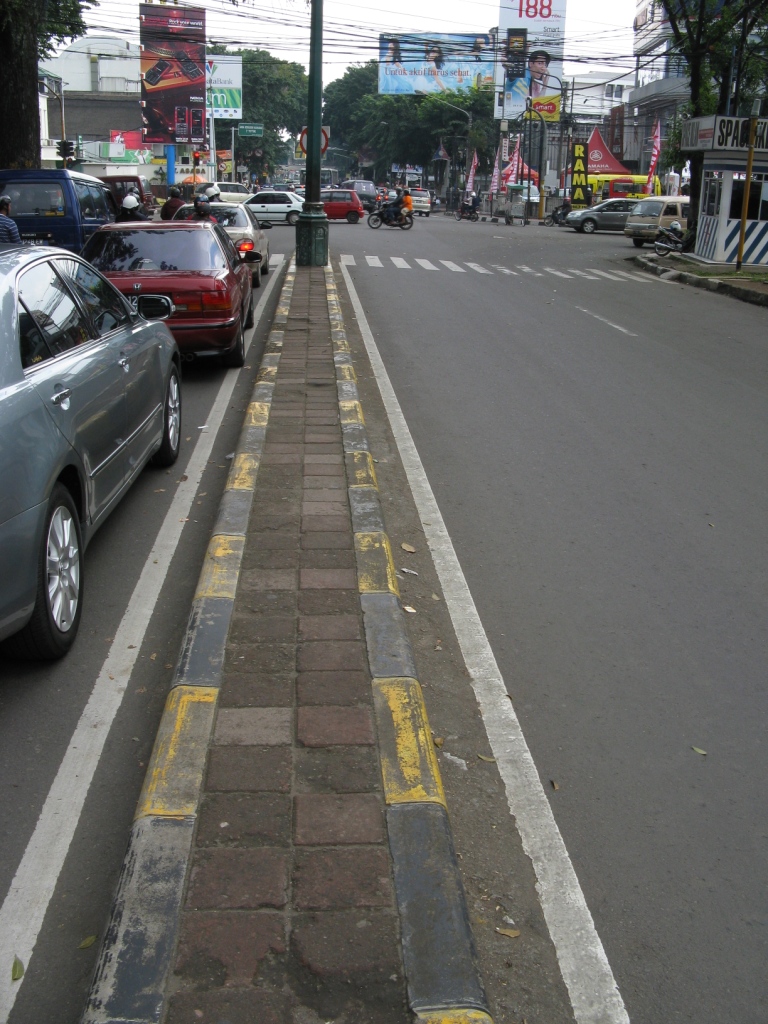
6. **Disarming Aggression with a Simple Apology**Sometimes, even with the best intentions, we make mistakes behind the wheel. If you accidentally cut off another driver, brake too fast, or make some other maneuver that could be perceived as offensive, a simple and sincere apology can work wonders in de-escalating a potentially aggressive situation. It’s a powerful, non-verbal cue that signals humility and acknowledges your error.
If you realize you’ve made a mistake that might have upset another driver, a quick, polite gesture – a smile and a wave, or even a slight nod – can serve as an effective apology. This small act of acknowledgment often has a disarming effect, calming most drivers who might have otherwise reacted with anger or aggression. It diffuses the tension by showing you’re aware of your impact.
This isn’t about admitting fault in a legal sense, but rather about showing basic human courtesy and empathy. In an environment often characterized by anonymity and aggression, a simple gesture of apology can remind both parties that there’s a human being behind the wheel. It’s a proactive step that demonstrates goodwill and can prevent a minor incident from snowballing into a full-blown road rage encounter.

7. **Driving with a Calm and Collected Attitude**Your internal state significantly impacts how you perceive and react to external driving conditions and other motorists. Cultivating a calm and collected attitude before and during your drive is a foundational element in safely handling potential road rage encounters. This involves both internal self-management and external observations.
Adjusting your driving attitude means actively choosing to give other drivers the benefit of the doubt. Many mistakes on the road are unintentional and are not meant as a personal offense against you. It’s easy to personalize every slight, but assuming malice only fuels your own frustration and increases the likelihood of an aggressive response. Instead, consider that the other driver might be distracted, in a hurry, or simply made an error.
Furthermore, avoid driving when you are already under significant distress, such as being angry, upset, or drowsy. These emotional and physical states impair judgment and reduce your patience, making you more susceptible to both provoking and reacting aggressively. Before you even get behind the wheel, take a moment to assess your state of mind. If you’re feeling overwhelmed, perhaps it’s best to wait, or practice some deep breathing and mindfulness techniques to center yourself. A calm driver is a safer driver, less likely to engage in the dangerous dance of road rage.
Read more about: 14 Coolest Cities in the USA: Your Ultimate Guide to Iconic Urban Adventures!
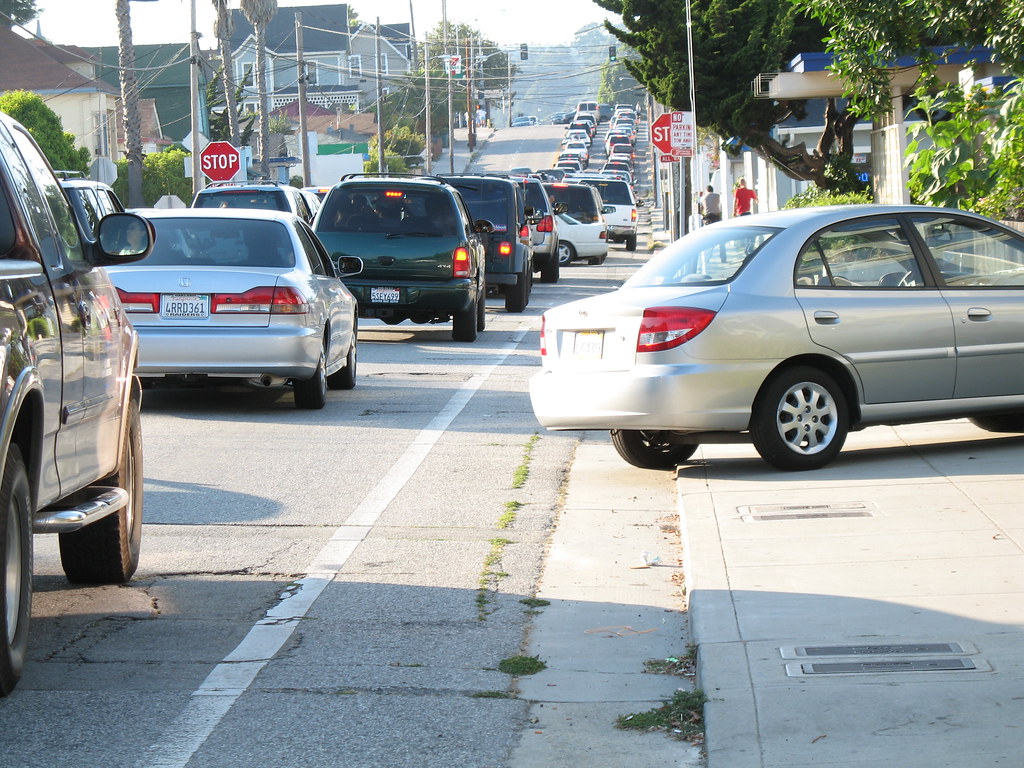
8. **Realistic Travel Planning to Prevent Frustration**One of the most insidious triggers for road rage often begins before you even start your engine: unrealistic expectations about travel time. When you find yourself running late, or when traffic unexpectedly snarls, the pressure can mount, leading to frustration that easily boils over into aggressive driving behaviors. This internal stress can make you more susceptible to reacting negatively to other drivers, even if their actions are unintentional.
To effectively prevent this, it’s crucial to adopt a proactive approach to your daily commute and any planned journeys. Take a moment to consider potential traffic delays, especially during peak hours, and give yourself plenty of extra time. Setting reasonable expectations for how fast you’ll get to your destination can significantly reduce internal tension and create a buffer against the unforeseen challenges of the road.
By consciously building in this extra time, you effectively diffuse a major source of stress. You’re less likely to feel the need to speed, weave through traffic, or become agitated by minor inconveniences. This small adjustment in your planning can dramatically alter your driving experience, transforming it from a race against the clock into a calmer, more controlled journey, inherently reducing your vulnerability to road rage incidents.
Read more about: The 14 Essential Apps for Seamless EV Charging: Navigating the US Network in 2025

9. **When to Yield: Prioritizing Safety Over Right-of-Way**When faced with an aggressive driver, the immediate impulse might be to stand your ground, believing you have the right-of-way. However, in the high-stakes environment of road rage, prioritizing your safety above all else means understanding when to yield, even if it feels counterintuitive. Remember, trying to “win” or prove a point in such a scenario is never worth the risk of injury or confrontation.
If you notice a driver exhibiting aggressive behaviors, the most prudent course of action is to create distance and allow them to pass. This could involve simply slowing down slightly to let them get ahead or changing lanes to ensure you’re not driving directly alongside them. The goal is to remove yourself from their immediate vicinity, allowing them to carry their aggression further down the road without involving you.
Police advice underscores this point: don’t play into what an aggressive driver wants you to play into. This includes avoiding attempts to “teach them a lesson,” whether through brake-checking or deliberately blocking a lane. For instance, the left lane is typically designated for passing, and obstructing it, even if you’re traveling at the speed limit, can quickly escalate tensions. Your safe arrival home is infinitely more important than asserting dominance or enforcing traffic etiquette.
Many people rightly argue they have a right to their space on the road, but aggressive drivers often disregard this. Allowing them to pass at a safe distance at the earliest opportunity is the most effective strategy. Never compromise your own safety or risk committing a moving violation just to prove a point or block an aggressive driver; it’s a battle that simply isn’t worth fighting.
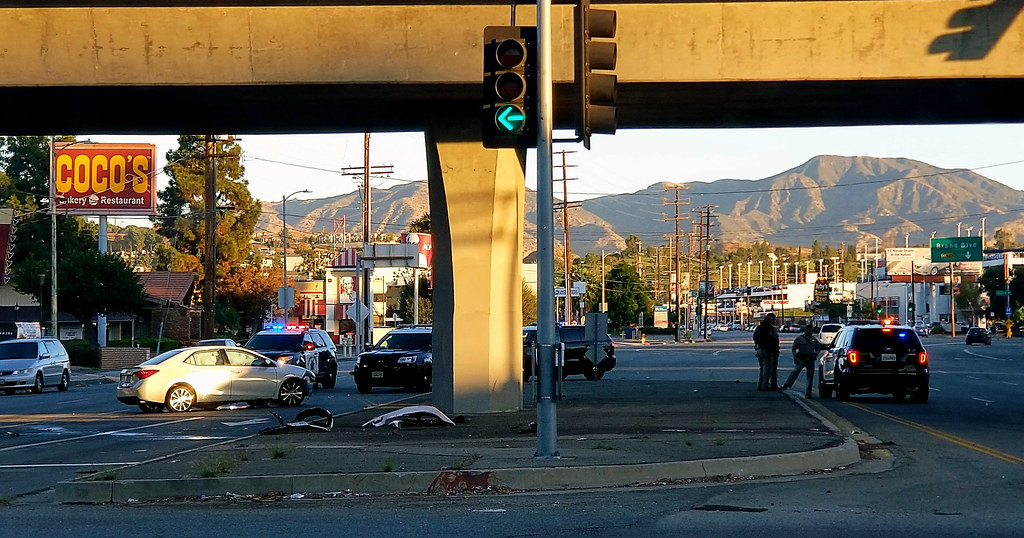
10. **Your Car as a Sanctuary: The Importance of Staying Inside**One of the gravest dangers in a road rage encounter arises when either party exits their vehicle. This action is the quickest way to escalate a tense situation into potential violence, turning a vehicular dispute into a direct physical confrontation. Your car, in these moments, serves as your most critical line of defense and personal sanctuary against an enraged driver.
There are two paramount reasons why you should never, under any circumstances, get out of your car, even if an aggressive driver is creating a scene or physically confronting your vehicle. Firstly, if a physical altercation ensues, even if the other driver initiated it, leaving the safety of your vehicle can jeopardize your self-defense argument and potentially lead to you being charged with a criminal offense. You weren’t compelled to exit your car to engage in a fight.
Secondly, and perhaps most critically, your life is at serious risk of injury or even death. The other driver could be armed with a weapon – a knife, a gun, or even their vehicle itself. Furthermore, other drivers might not anticipate you being outside your car, leading to the risk of a secondary accident. Your vehicle’s locked doors and rolled-up windows provide a formidable barrier that is nearly impossible to breach without specialized tools or significant effort.
If someone gets out of their car to confront you, immediately lock your doors and roll up all windows, ensuring no crack is left open. Your priority is to maintain this protective barrier. While remaining calm, get your bearings and assess any potential escape routes. If the light turns green, or if traffic allows, you are perfectly entitled to take necessary action to escape a life-threatening situation. If you remain stationary, activate your car alarm and honk your horn repeatedly to draw as much public attention as possible, signaling distress to those around you. Your car remains your best form of defense against a driver who has truly lost their composure.
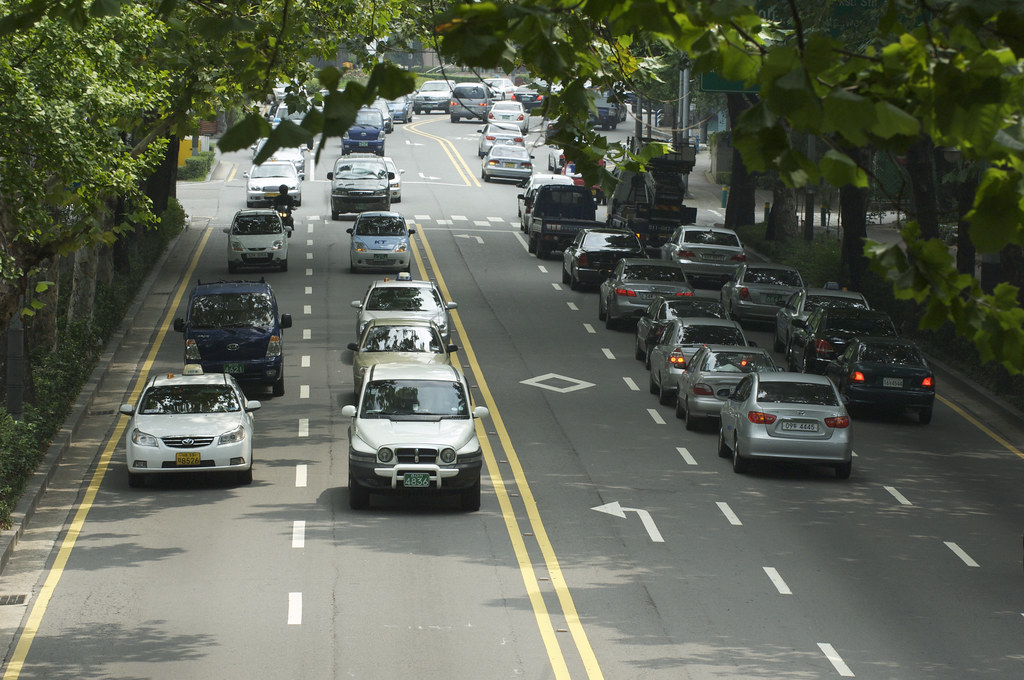
11. **The Power of Documentation: Capturing Incidents Safely**In an increasingly volatile driving environment, protecting yourself from a legal standpoint has become just as important as physical safety. Capturing a road rage incident on camera can provide indisputable proof of what transpired, making it a powerful tool if the situation escalates and authorities become involved. Without such evidence, it often becomes your word against another’s, which can complicate matters significantly.
Investing in a dashcam for both the front and rear of your vehicle is a highly recommended proactive measure. Keep it running whenever you drive. Should an incident occur, this footage can be critical in demonstrating that you were the victim, not the aggressor. Beyond legal defense, if you sustain injuries or your vehicle is damaged, dashcam footage can be indispensable for making insurance claims or even pursuing personal injury compensation, clearly detailing the events as they unfold.
If you don’t have a dedicated dashcam, your smartphone can serve as a viable alternative in an emergency. Safely snap photos or record video of the incident, making sure to capture the aggressive driver’s vehicle and, most importantly, their license plate number. This information is vital for law enforcement to identify and locate the individual, helping them to catch up to the driver later and address their dangerous behavior.
Gathering evidence like police reports, medical bills, property damage assessments, eyewitness accounts, and any available traffic camera footage, alongside your personal recordings, is crucial. This comprehensive documentation strengthens your position considerably. It can be the difference between proving your losses and facing significant challenges in any subsequent legal or insurance processes, ultimately helping ensure justice and accountability.
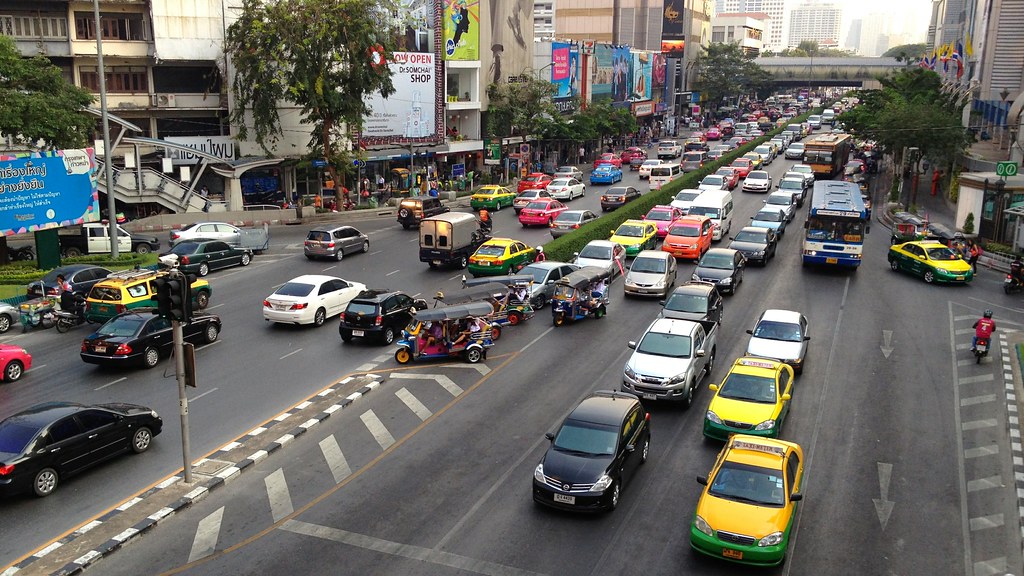
12. **Reporting Aggressive Drivers: Leveraging Authority**When confronted by an aggressive driver, it’s vital to remember that enforcing traffic laws and managing dangerous behavior on the road is not your responsibility. You are not the police, and attempting to take on this role can significantly escalate a situation, putting your safety at risk. Instead, your power lies in leveraging the proper authorities to handle these dangerous individuals.
Many states have established aggressive driver hotlines, which are a direct and non-confrontational way to report incidents. Instead of engaging directly, simply note the details of the aggressive driver’s actions and their vehicle information, then inform the authorities about their behavior and how they can be found. This channels the incident to trained professionals who are equipped to intervene safely and effectively.
If you feel your personal safety is immediately threatened or an aggressive driver is actively attacking you, do not hesitate to call 911 right away. It’s important to know that you are generally permitted to use your phone to make an emergency call while driving in such situations, and you won’t be ticketed for it. While it’s always safer to pull off to the shoulder if possible, your safety takes precedence, and connecting with a dispatcher immediately is crucial.
Remember the advice from law enforcement: “Don’t try to be the one to stop them. That’s why we’re out there.” Exiting the road safely and dialing 911 or a state-specific hotline like #77 is the recommended protocol. Following through on reporting aggressive behavior is a civic responsibility that contributes to safer roads for everyone, preventing future incidents and holding dangerous drivers accountable for their actions.
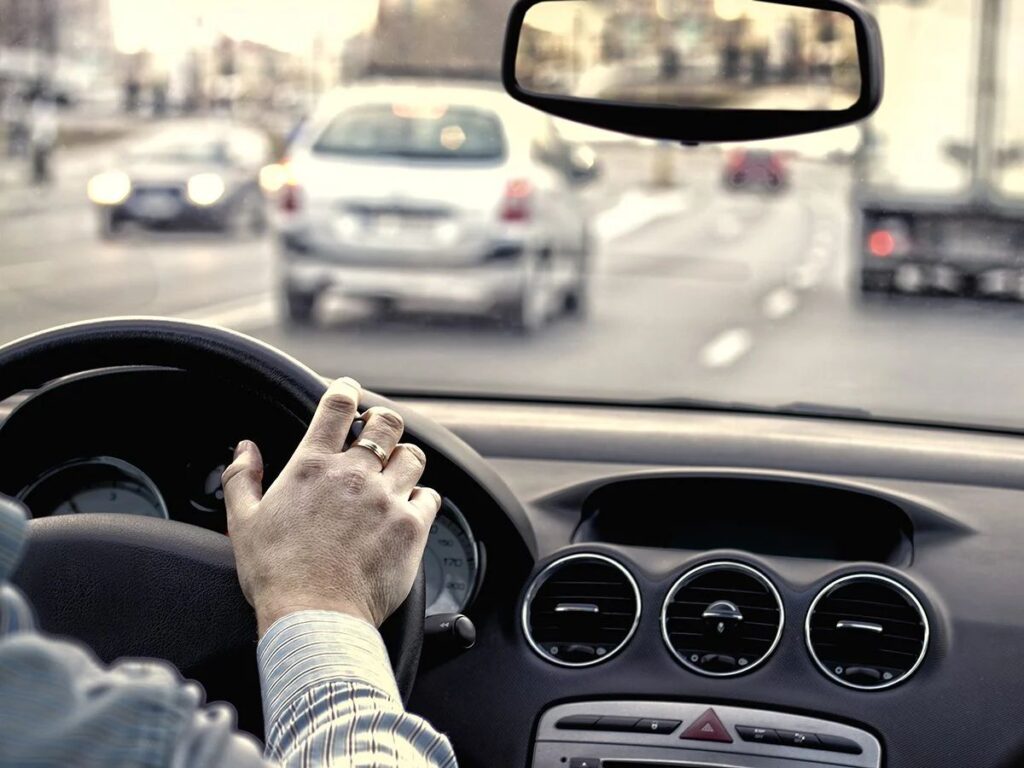
13. **Emergency Protocol: What to Do If You’re Being Followed**One of the most terrifying scenarios on the road is realizing that an aggressive driver is actively following your vehicle. In this highly dangerous situation, there is one absolute rule: never drive directly home. Going home would compromise the safety of your family and expose your residence to a potentially unstable individual, even if they initially appear to leave.
If you suspect you’re being followed, try to confirm it calmly without panicking. Make a few turns that are not part of your usual route and observe if the aggressive driver continues to mimic your movements. This confirms their intent to pursue you. Once you are sure, it’s time to activate your emergency protocol.
Immediately reset your GPS to the nearest police station or, failing that, a well-lit, highly public area such as a busy convenience store, a hospital, or a fire station. Heading directly to a police station is often the most effective deterrent; the aggressor will typically give up their pursuit once they realize your destination. Even if they turn back before you reach the station, it is wise to still proceed there and lodge a report with local law enforcement, detailing the incident.
Read more about: 12 Shocking Airline Secrets They REALLY Don’t Want You to Know Before Your Next Flight
Crucially, if you are being followed and feel under attack, call 911 without delay and stay on the phone with the dispatcher. Keep them updated on your location and direction. Remember, your vehicle is your safest space. Do not exit your car until law enforcement arrives or you are in a secure public location with witnesses. Extracting yourself from the situation as quickly and safely as possible is paramount, ensuring you never lead the threat directly to your home.

